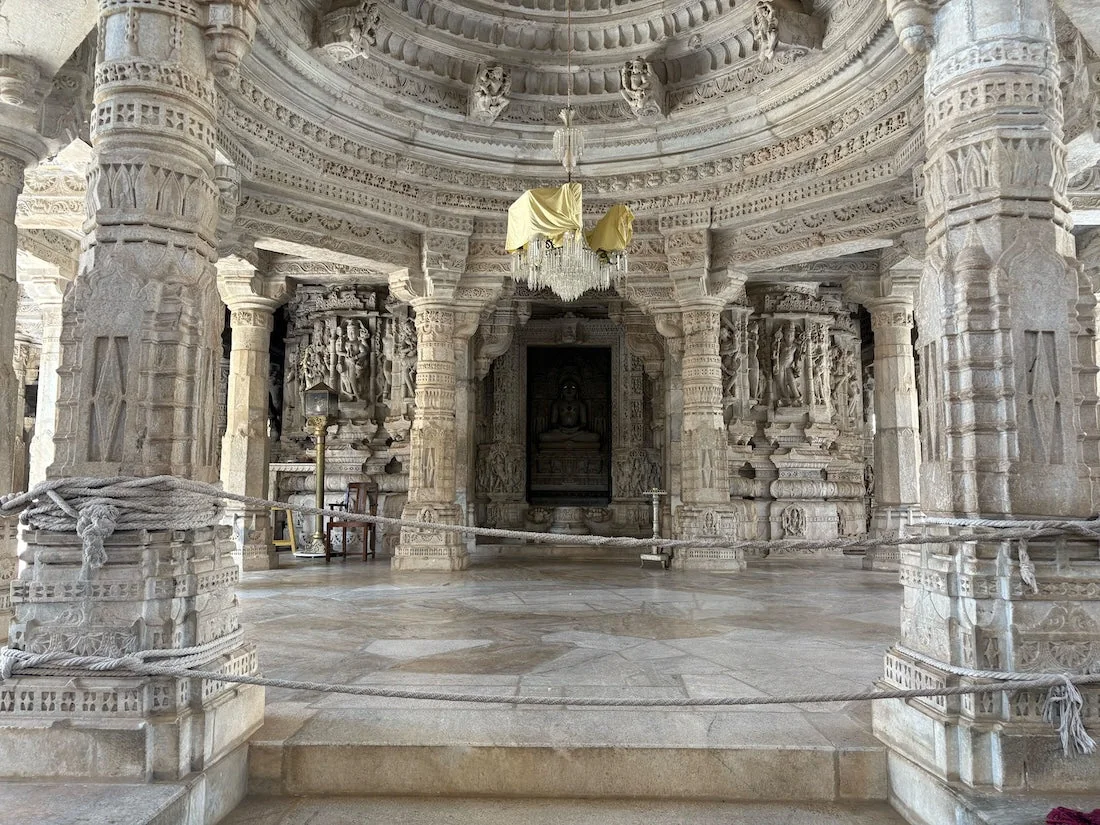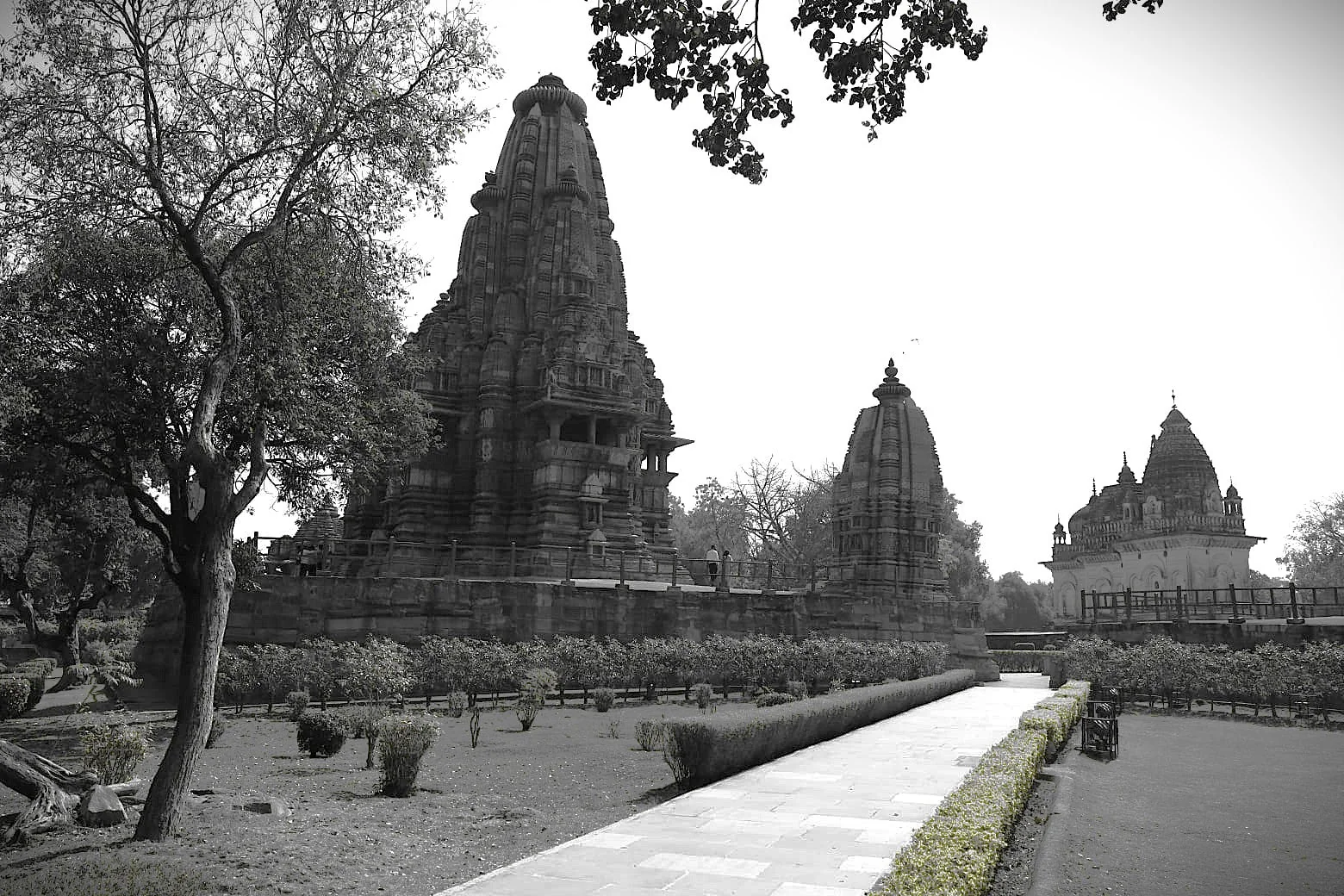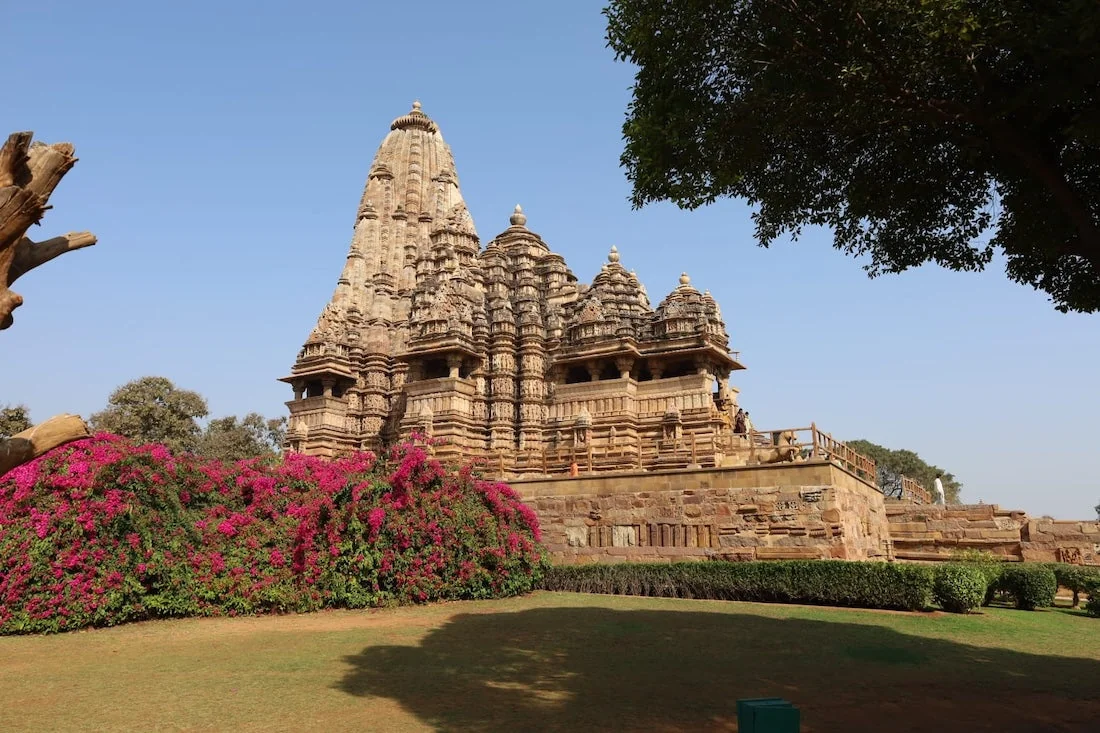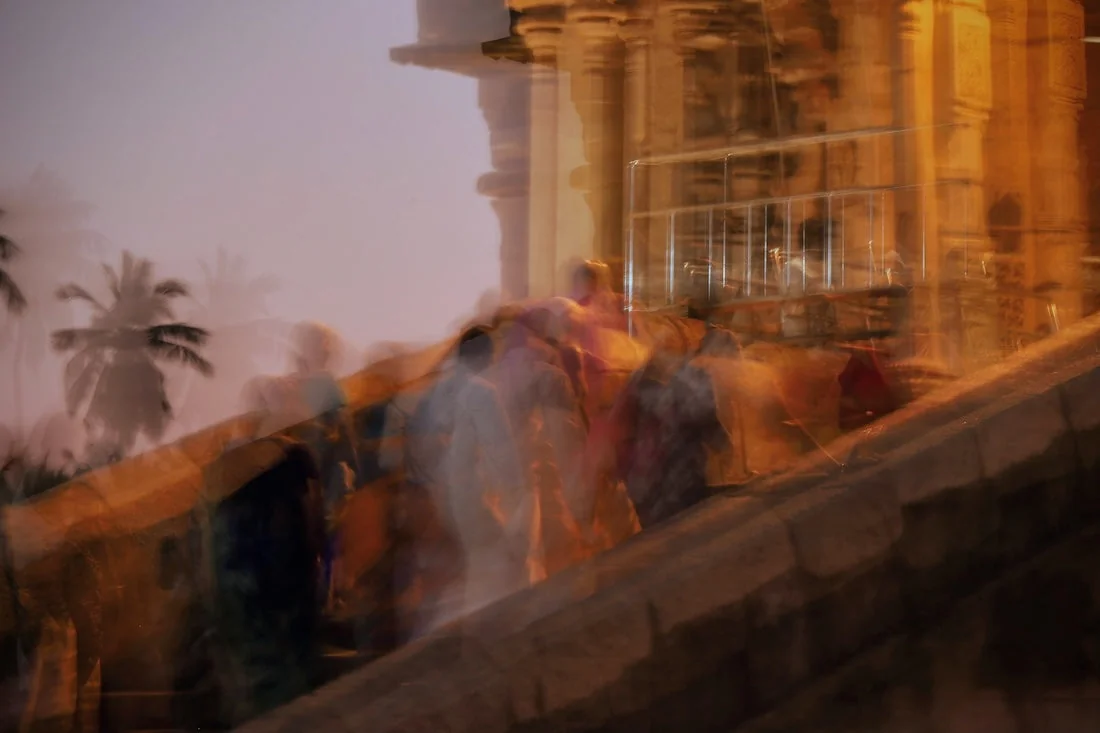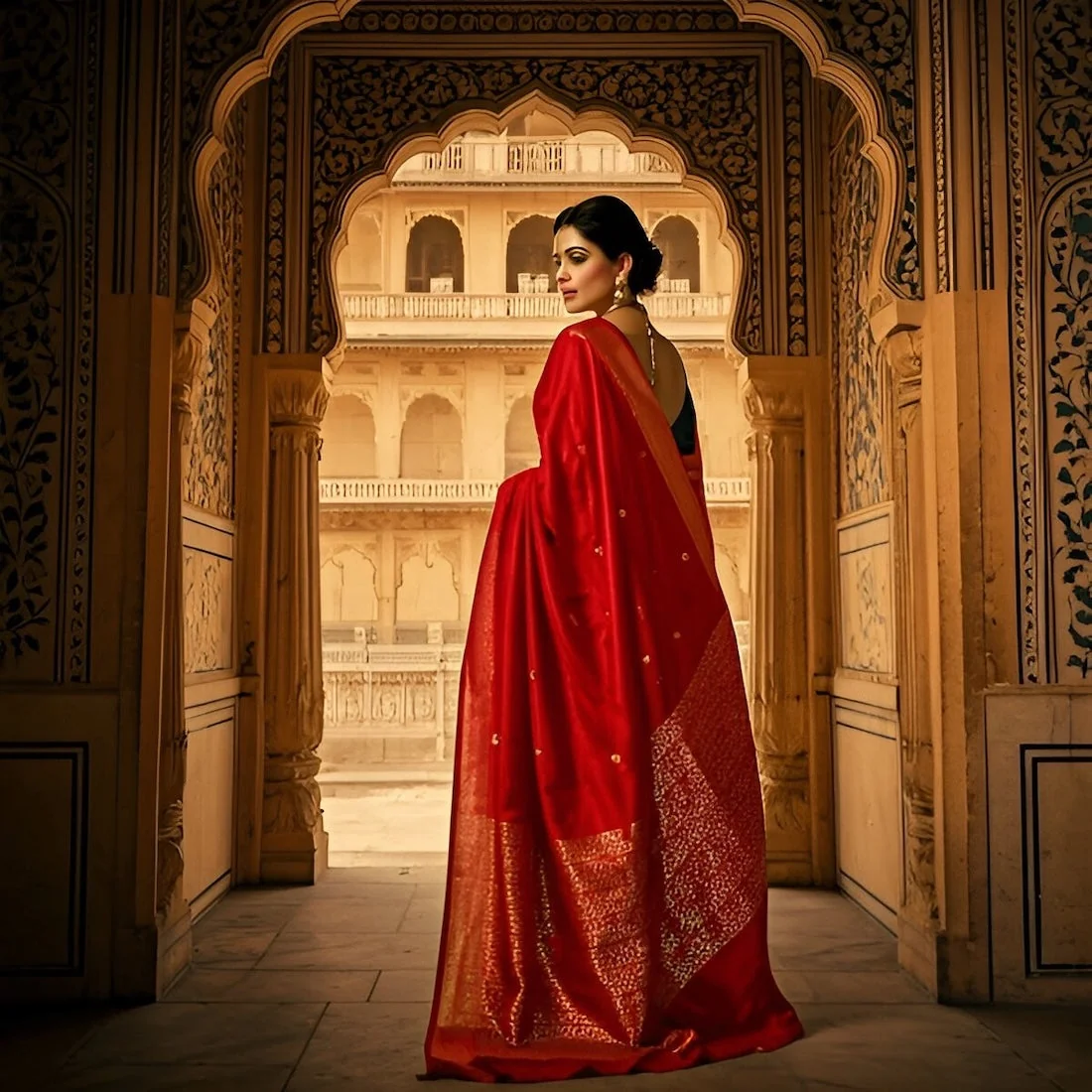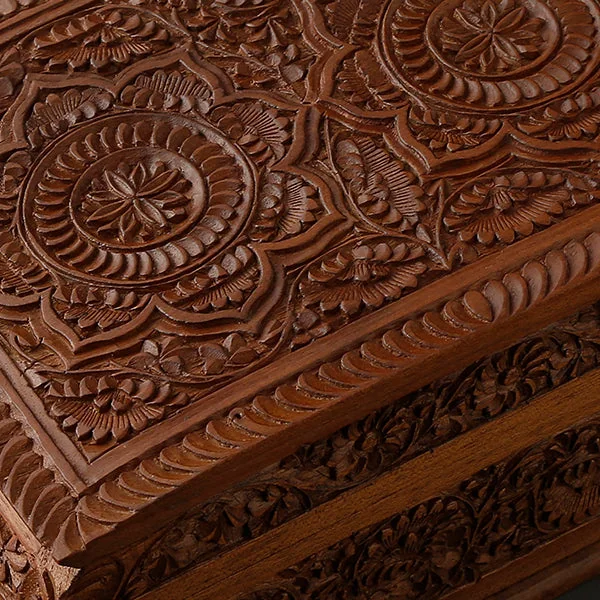Qutub Minar
The Qutub Minar in Delhi stands as a magnificent 73-meter tower showcasing the finest Indo-Islamic architecture. Commissioned in 1199 CE, this UNESCO site features five distinct stories with alternating square and rounded fluting, covered in intricate Quranic inscriptions and geometric patterns. From afar, its imposing stature dominates the landscape; up close, its detailed craftsmanship captivates visitors. The complex reveals a fascinating cultural synthesis – the adjacent mosque incorporates columns from demolished Hindu temples, complete with figurative carvings that Islamic doctrine typically prohibits. This architectural palimpsest reflects the practical and perhaps respectful approach of early Muslim rulers toward local artistic traditions. The site also houses the remarkable 4th-century Iron Pillar, which has resisted corrosion for 1,600 years. Together, these elements make the Qutub Complex a profound symbol of India’s layered cultural heritage where distinct traditions coexist harmoniously.


